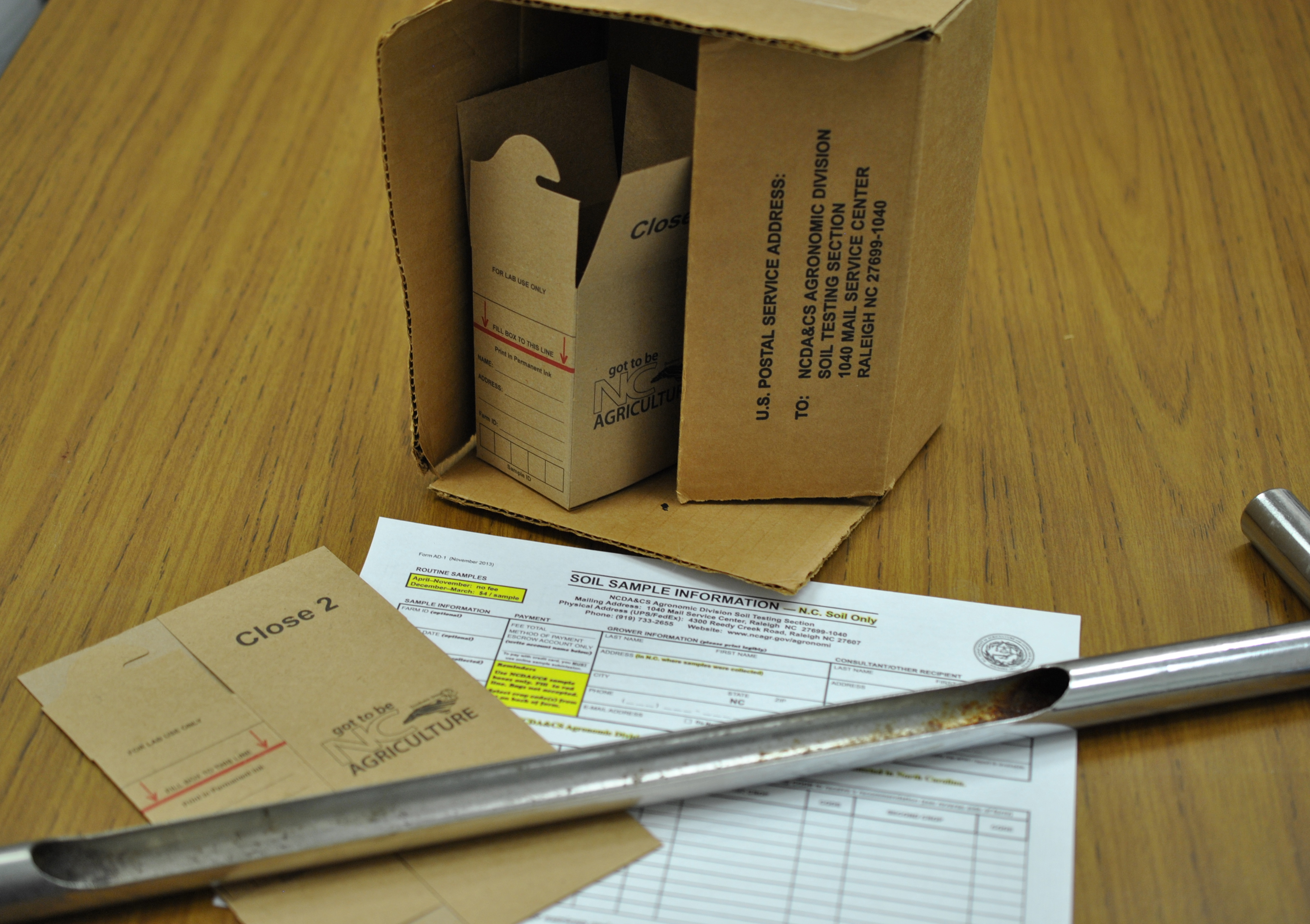Winter Garden and Landscape Chores
go.ncsu.edu/readext?769516
en Español / em Português
El inglés es el idioma de control de esta página. En la medida en que haya algún conflicto entre la traducción al inglés y la traducción, el inglés prevalece.
Al hacer clic en el enlace de traducción se activa un servicio de traducción gratuito para convertir la página al español. Al igual que con cualquier traducción por Internet, la conversión no es sensible al contexto y puede que no traduzca el texto en su significado original. NC State Extension no garantiza la exactitud del texto traducido. Por favor, tenga en cuenta que algunas aplicaciones y/o servicios pueden no funcionar como se espera cuando se traducen.
Português
Inglês é o idioma de controle desta página. Na medida que haja algum conflito entre o texto original em Inglês e a tradução, o Inglês prevalece.
Ao clicar no link de tradução, um serviço gratuito de tradução será ativado para converter a página para o Português. Como em qualquer tradução pela internet, a conversão não é sensivel ao contexto e pode não ocorrer a tradução para o significado orginal. O serviço de Extensão da Carolina do Norte (NC State Extension) não garante a exatidão do texto traduzido. Por favor, observe que algumas funções ou serviços podem não funcionar como esperado após a tradução.
English
English is the controlling language of this page. To the extent there is any conflict between the English text and the translation, English controls.
Clicking on the translation link activates a free translation service to convert the page to Spanish. As with any Internet translation, the conversion is not context-sensitive and may not translate the text to its original meaning. NC State Extension does not guarantee the accuracy of the translated text. Please note that some applications and/or services may not function as expected when translated.
Collapse ▲Winter is here, but spring is just around the corner. Use this time to perform a few garden chores and starting planning for spring planting.
One of the easiest chores to perform this time of year is soil testing. Soil testing should be conducted every 2-3 years and provides a snapshot of your current soil fertility and pH levels. You can pick up all the soil testing materials you will need to submit a sample at our office, and then submit that sample to the North Carolina Department of Agriculture and Consumer Services’ Agronomic Division for analysis. By amending your soil now, you will be prepared for spring planting.
Winter dormancy pruning can also be conducted during the next couple of months. To learn more about pruning of fruit trees, review the Extension publication ‘Training and Pruning Fruit Trees in N.C.’. You can also find several videos from Extension Tree Fruit Specialist, Dr. Mike Parker, for peach and pecan tree care through the NC State Extension YouTube channel.
Remember to hold off on heavy pruning of spring flowering shrubs like Azaleas and Camellia. Wait until they have flowered then proceed to make those cuts. Pruning of these plants early may result in removal of flower buds. Summer flowering plants like Crepe myrtle and evergreen shrubs can be pruned immediately; however, try not to remove more than 1/3 of the canopy of any plant during one year. Light, corrective pruning all year long is much easier than large, heavy pruning during winter. Winter pruning generally invigorates plants, so look out for a large flush of new growth in the spring. For specifics on when and how to make those pruning cuts, visit the NC State Extension publication ‘General Pruning Techniques’.
Planting of trees and shrubs can be conducted almost year-round with containerized plants, but establishment is much easier when planting occurs during cooler parts of the year. With less demand for canopy growth, plants can focus energy on root development before the spring warm-up begins. Remember not to plant too deeply and encourage root growth by pruning back restricted roots systems that occur in containers. For more planting tips, review the NC State Extension video series from Dr. Barbara Fair, Extension Horticultural Specialist.
Lastly, do not forget about those winter lawn weeds. Winter annuals and perennials are much easier to control in the fall, but we can still take action now. Most winter weeds are broadleaf plants and can be controlled with mixtures of broadleaf herbicides like Ortho-Weed-B-Gone or Speed Zone Southern. However, cold temperatures will decrease efficacy of these products and add additional time before you notice results. Just be patient and follow the label directions. Stay away from “weed and feed” products during the dormant season. Save the fertilizer for after spring green up, as applications of nitrogen fertilizer during winter dormancy is not recommended for warm-season grasses. For more information on controlling winter weeds visit the NC State Extension TurfFiles website. Utilizing the weeds section within this portal will provide you with a list of lawn weeds and recommended control options.
For more information on any of these subjects, please contact Daniel Simpson at 252-745-4121 or daniel_simpson@ncsu.edu.




